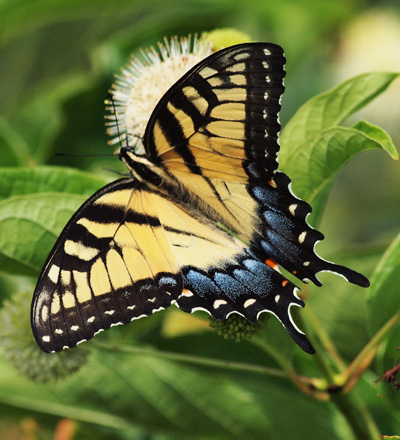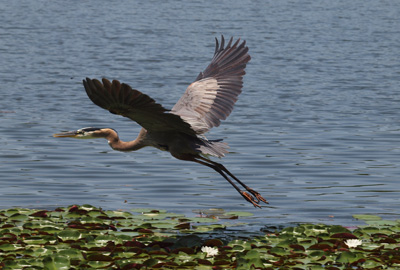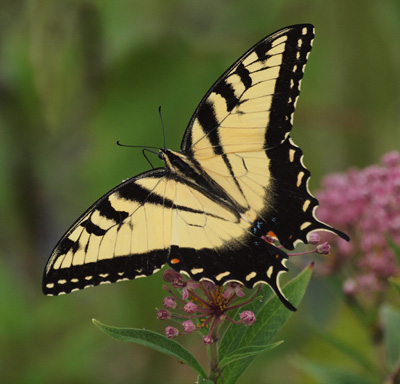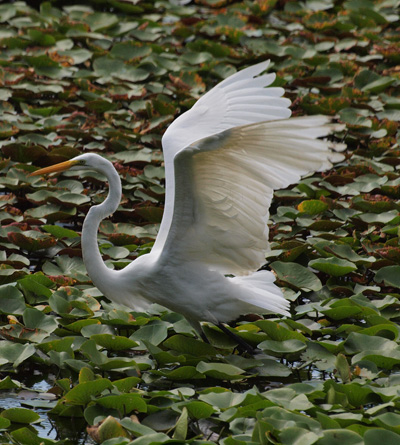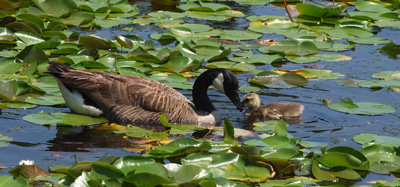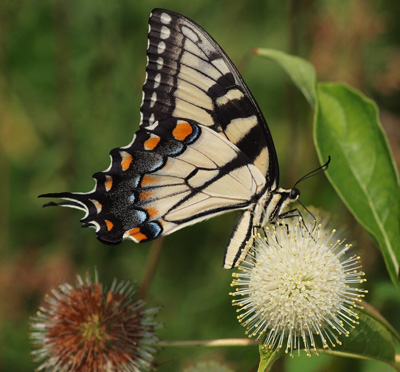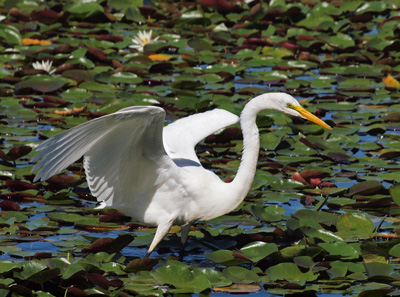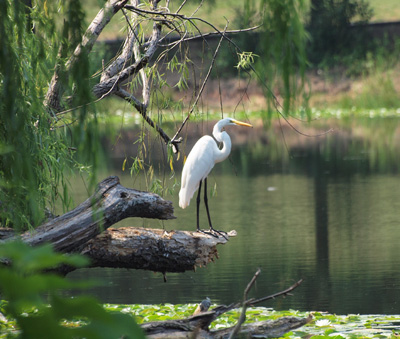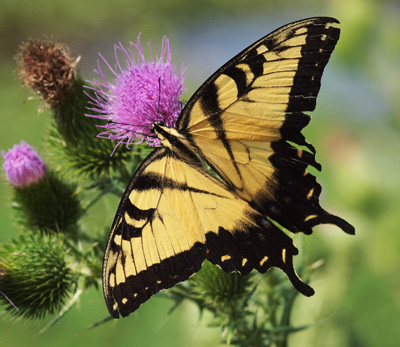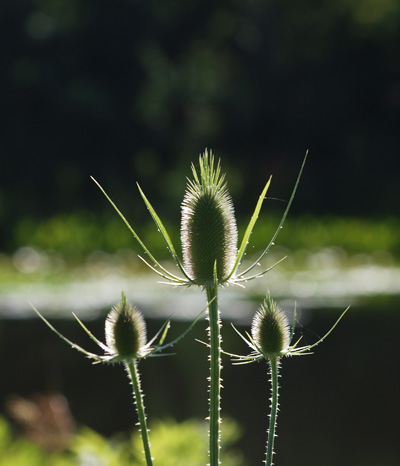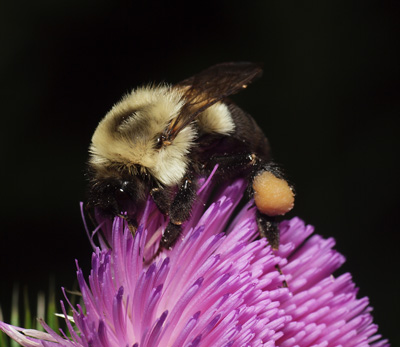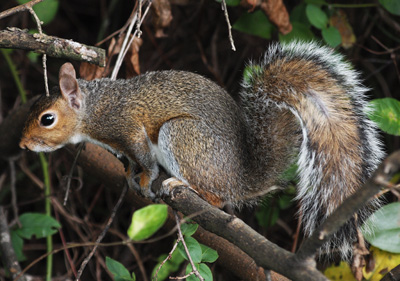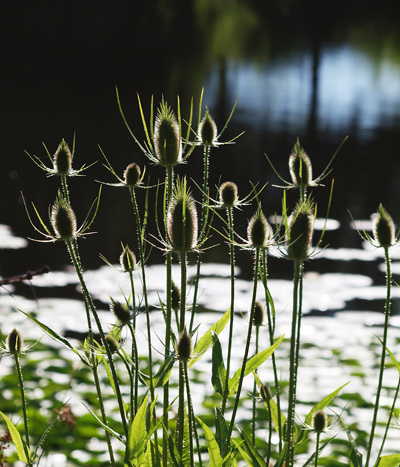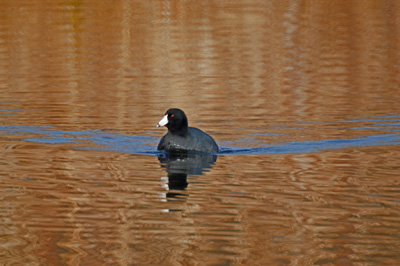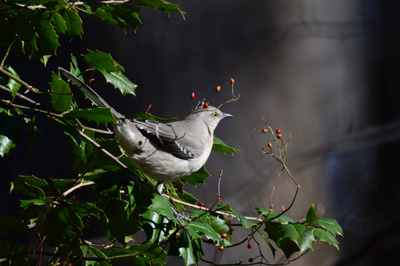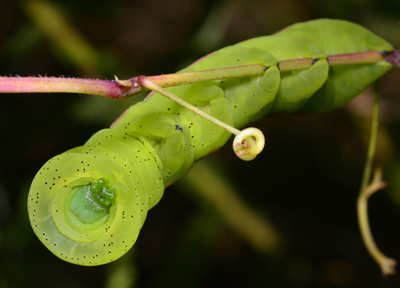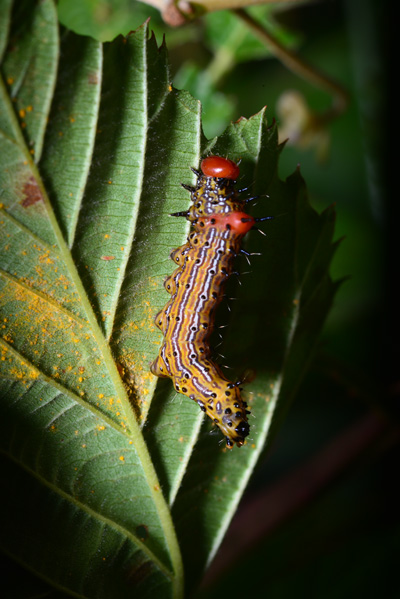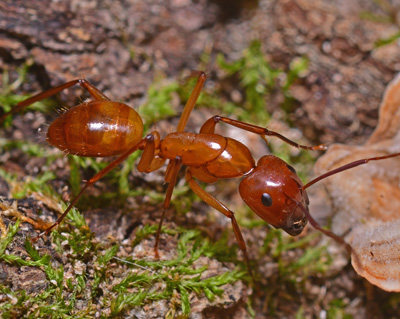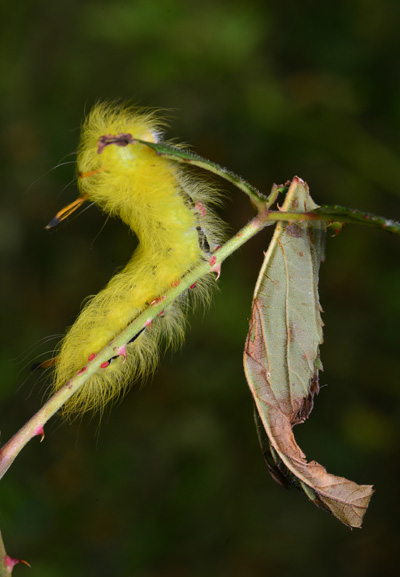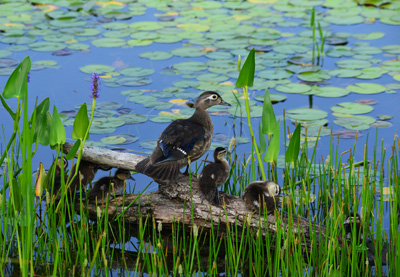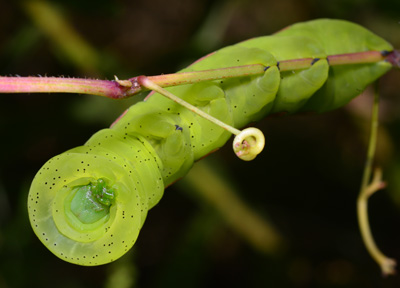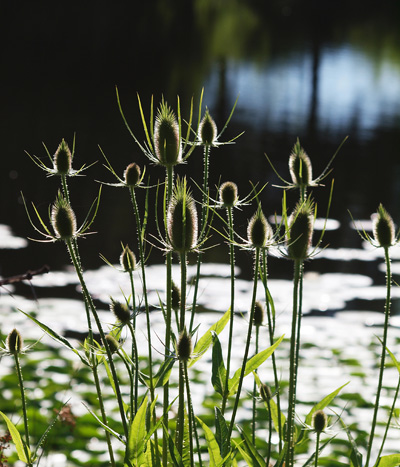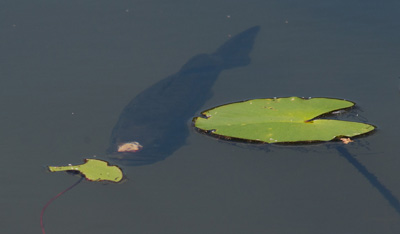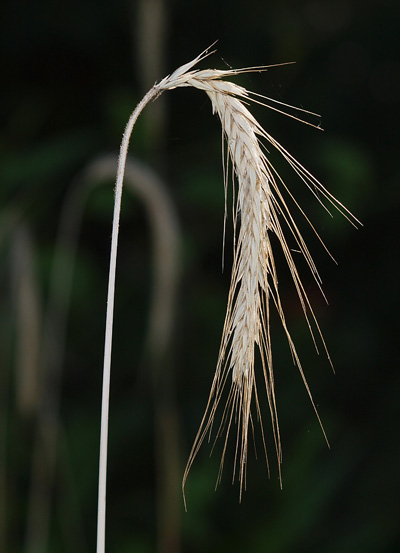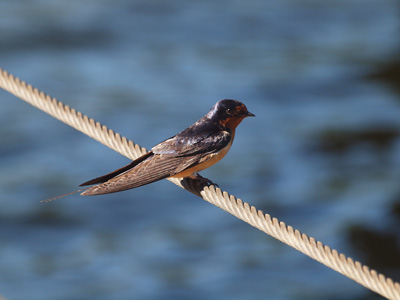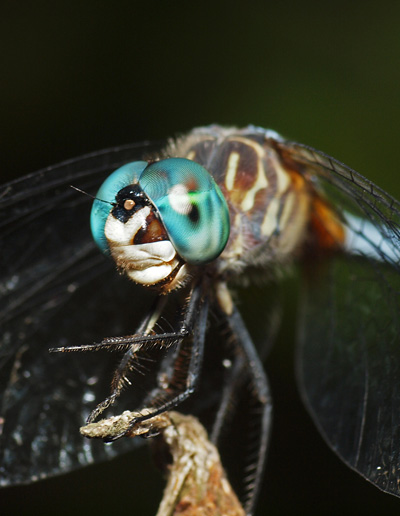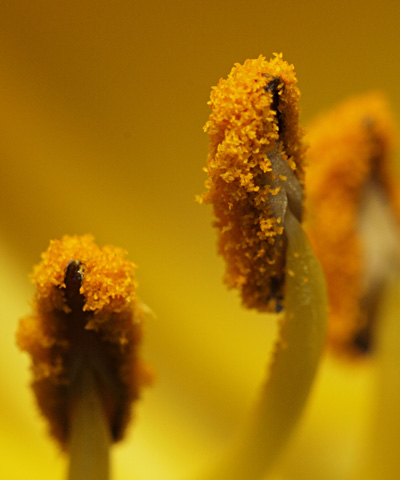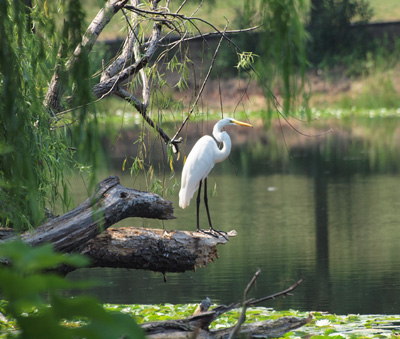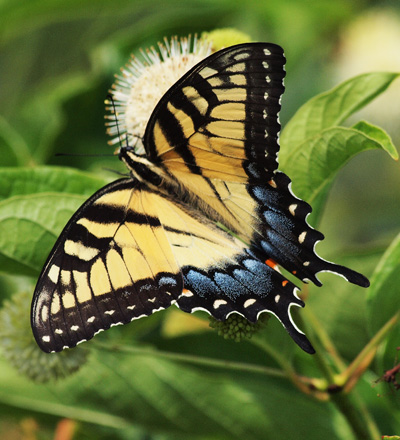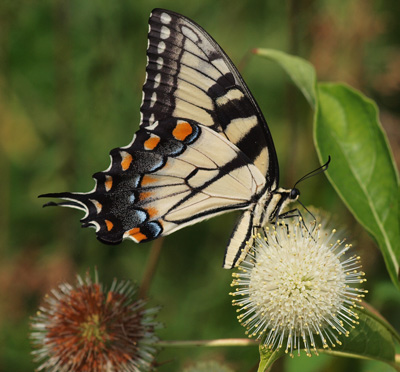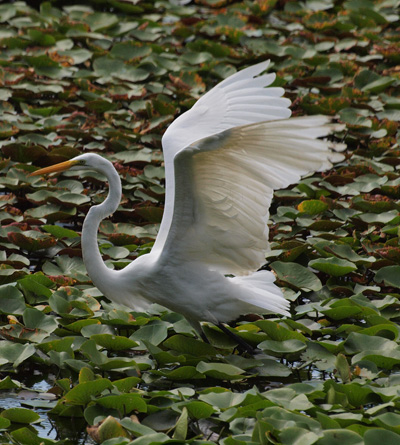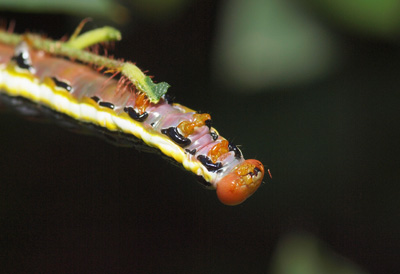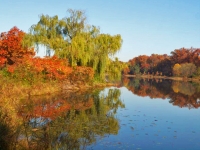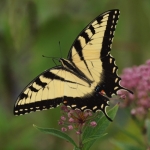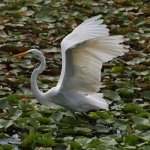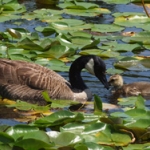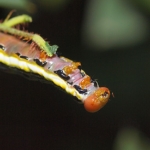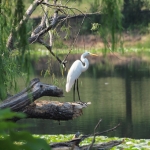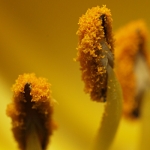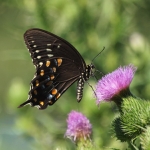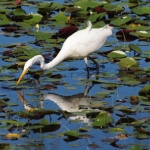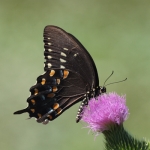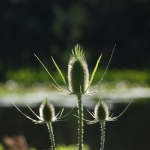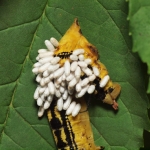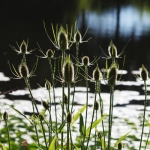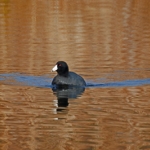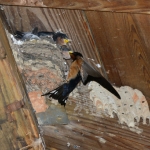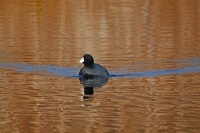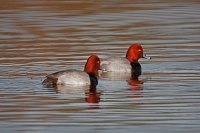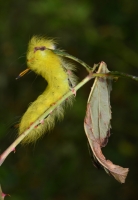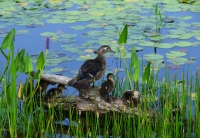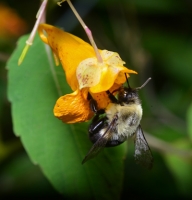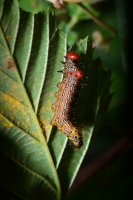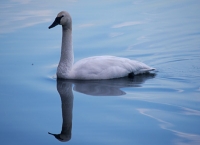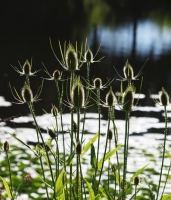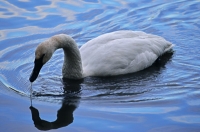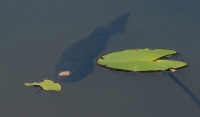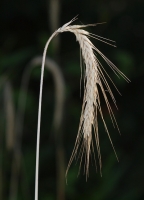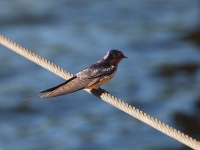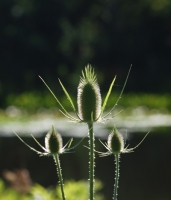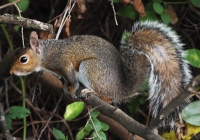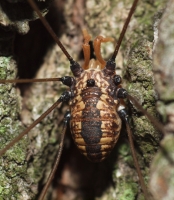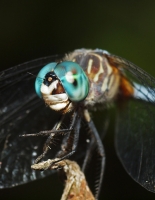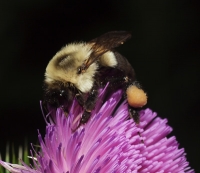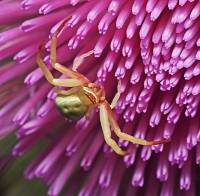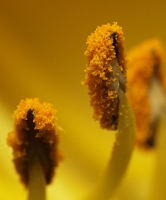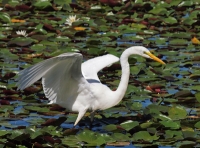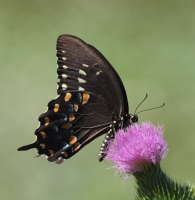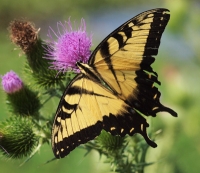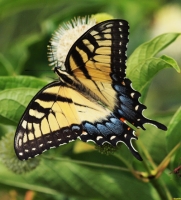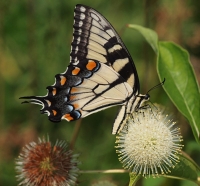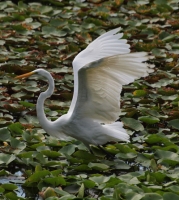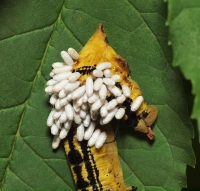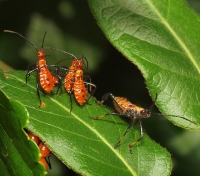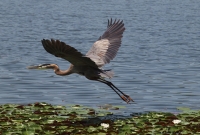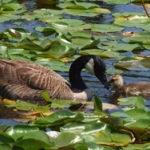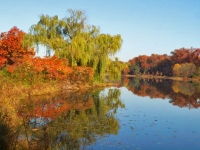A photography trip to Lake Artemesia where attractions include cycling, running, recreation fishing, bird watching, and walking trails that connect to Anacostia Tributary Trails of Indian Creek. Sealed pathways surround the lake edge where many signs describe the history and animals, especially to walk the colorful Luther Goldman Birding Trail. The 38 acres of lakeland is very close to the Maryland University, National Archives, Greenbelt and College Park of Berwyn Heights.
There are wonderful sealed walkways and other trails to the lake edge and view colorful reflections, especially in the autumn. I have seen many interesting animals such as beavers, turtles, snakes, herons, egrets, woodpeckers, swans, barred owls, and the redhead Waterfowl. There are so many migrating birds to view, especially in winter.
In the coming seasons the challenge will be to photograph the Kingfisher bird feeding as I have viewed trout and bass in the lake. I have seen the water snake and musk-rat coming close to the lake edge where the cattail plants grow covering the embankment.
History; the lake was originally dug as a gravel extraction pit in the 1860s. 1890 inspired Edwin A Newman, a real estate developer, to create an exclusive resort community Lakeland. The man-made Lake now called Artemesia is named in honor of Clara Artemesia Newman. The Dref family originally owned the land and use to farm goldfish.
This exclusive Lakeland residential area attracted employment at the Maryland University. At the turn of the twentieth century, African-Americans began to move into the Lakeland community, although typically along the outer edges of the neighborhood, near the Indian Creek. A review of the census shows that in 1910, Lakeland was predominately a white neighborhood with a few African-American families living in the community. By 1920, more African-American families moved into the neighborhood, but white families were still the majority of property owners. In 1930, only a few white families remained in Lakeland and lived primarily along the Washington-Baltimore Pike, now Baltimore Avenue/Route 1.
Present; Lake Artemesia is now a park in Prince George’s County, where much restoration of housing is in progress. New playground areas are walking distance to the lake, which attract many visitors from DC and the greater Maryland to enjoy this beautiful environment.
My Gallery “Lake Artemesia”, includes a selection images from previous visits to this park.

